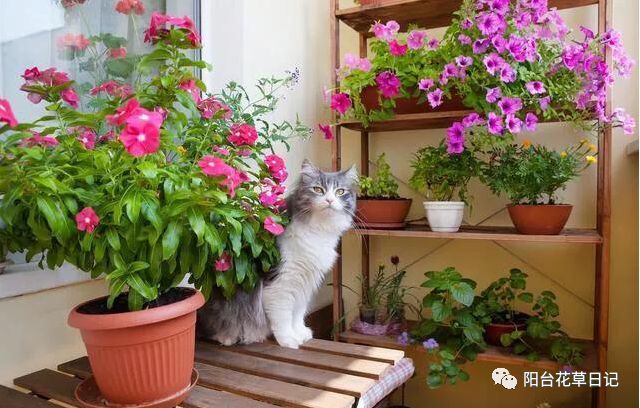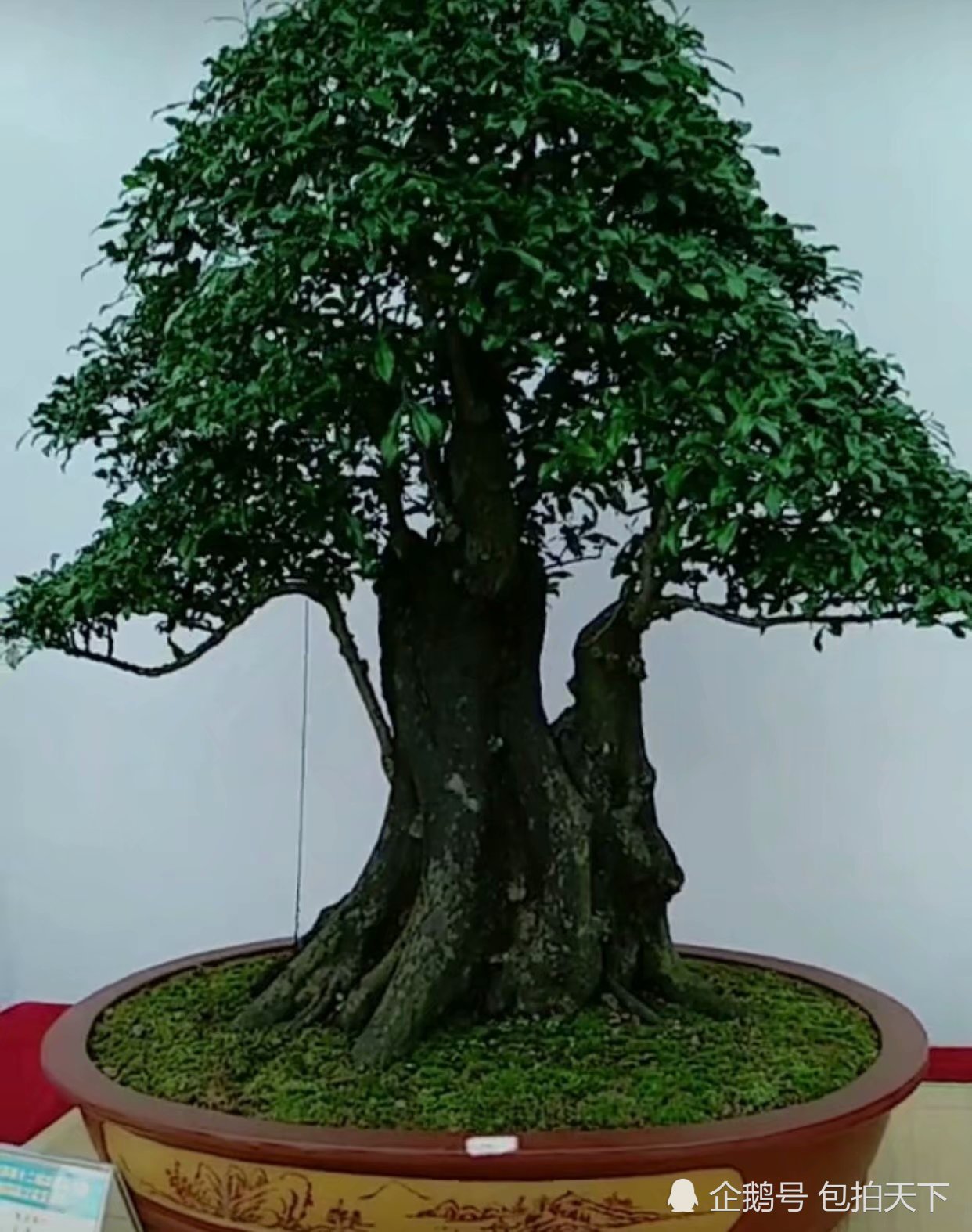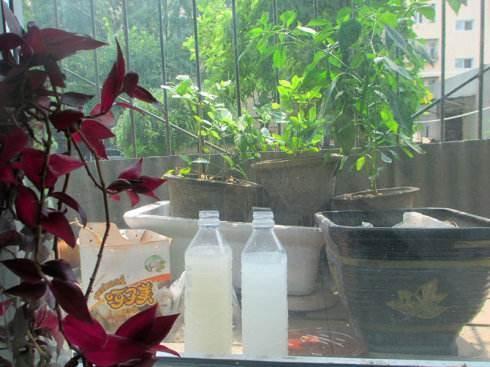Don't wait for the flower roots to rot before you find out how to learn a few simple skills to judge the rotten roots of flowers.

In the process of growing flowers, the biggest headache is the problem of rotten roots, because if you water too much, it may cause the roots of the plants to rot, and it is more troublesome to deal with them, and some people can't find that the roots of the plants have rotted. It will make the plants die directly, so how to find out in time that the roots of the plants have rotted away?
So how to judge whether the flowers have rotten roots or not, remember the following four points.
1. Observe the basin soil
In order to judge whether the plant has rotten roots, you can choose to water it once during its growing period, preferably thoroughly. The state of the basin soil on the plant surface was observed again after two days.
Because the function of the normal plant root system to absorb water is sound, if the soil surface is dry and white, it shows that the plant root system is working normally, and the plant does not have rotten roots.
However, if two days later, it is found that the soil surface of the plant is still wet, it means that the plant root system is not functioning properly, and the plant root system may have rotted or is a sign of decay.
2. Compare the leaf color
We can compare the two potted flowers of the same species together, observe the state of their leaves, and distinguish and compare their leaf growth and leaf color.
If the leaves of the plant are in a state of malaise, the color of the leaves is bleak, even the surface of the leaves is obviously gray, or the leaves in the lower part of the plant fall too much, it means that the root system of the plant may have rotted and the normal work of the root system has stopped.
3. Pay attention to the leaf tip
You can judge whether the plant has rotted roots according to the color or state of the leaf tip by carefully observing the leaf tip of the plant.
If the leaf tip of the plant is yellow and white, the top of the leaf is scorched, and there are brown spots on the leaf tip, it shows that the plant has the possibility of rotting roots.
As the root rot of the plant directly leads to the root system can not breathe normally, the nutrients can not successfully reach the leaf tip, which leads to the yellowing and scorching of the leaf tip.
4. Depending on the feel of the hand
You can determine whether a plant has rotten roots by gently touching its leaves, which is especially effective for foliage plants.
In general, the leaves of healthy plants feel better when they touch them. If you touch the leaves, you will feel a cool, warm and comfortable feeling.
However, if the root rot of the plant, its leaf surface due to lack of nutrients, it will lose its original sense of coolness, touch more dry, dry.
How to deal with rotten roots:
1. First aid of growing flowers
Usually there are yellow leaves, fallen leaves, leaf withering and so on, most of these reasons are flowers rotten roots, do not worry about this situation, in addition to problems, we start from the roots, with a piece of medicine can save the flower roots.
two。 Change the basin
Changing the basin can be said to be the only way. The problems in the basin soil can be improved by changing the basin and changing the soil. The method is also relatively simple. First, separate the potted soil from the plants, wash the roots, cut off the rotten parts with a knife, and then dry the roots.
3. Disinfection and sterilization
After pruning the decaying part of the root system, it is best to soak the plant root system with potassium permanganate solution for one or two hours to kill the residual bacteria in the root. This step is also very important to prevent the root system from rotting here.
4. Vitamin B12
After treatment, it is soaked in the solution of vitamin B12 for more than ten minutes. Vitamin B12 also has the effect of disinfection and sterilization. In addition, it can also stimulate the root to survive and take root quickly. After this treatment, you can re-pot, and after planting, you can also use vitamin B12 solution to water the flowers, which can also play the role of rapid rooting.
In addition, vitamin B12 can also be used as foliar fertilizer, spraying on the leaves can increase the chlorophyll and brightness of the leaves, generally after careful maintenance, the recovery of flowers is still very promising
▍ comprehensive editor: balcony flower diary hcrj520
- Prev

Bonsai appreciation: bonsai is a kind of formidable beauty is a kind of life is a kind of realm
Boutique marble bonsai is a kind of daunting beauty, a kind of life and a kind of realm. The first set of children in China with stone and golden marbles.
- Next

Using it to water flowers is equal to pouring poisonous water on yellow leaves on the second day.
Flower cultivation pays attention to "three points of fertilizer" and "seven points of water", which means that the most important factors in growing flowers are two factors, one is fertilization, the other is watering. Only when it is well watered can the potted flowers grow well. Just take the potted orchid and green pineapple.
Related
- Wuhan Hospital Iron Tree Blooming Result Was Instantly Frightened by the Gardener Master
- Which variety of camellia is the most fragrant and best? Which one do you like best?
- What is the small blue coat, the breeding methods and matters needing attention of the succulent plant
- Dormancy time and maintenance management of succulent plants during dormancy
- Minas succulent how to raise, Minas succulent plant pictures
- What are the varieties of winter succulent plants
- How to raise succulent plants in twelve rolls? let's take a look at some experience of breeding twelve rolls.
- Attention should be paid to water control for succulent plants during dormant period (winter and summer)
- Watering experience of twelve rolls of succulent plants
- Techniques for fertilizing succulent plants. An article will let you know how to fertilize succulent plants.

